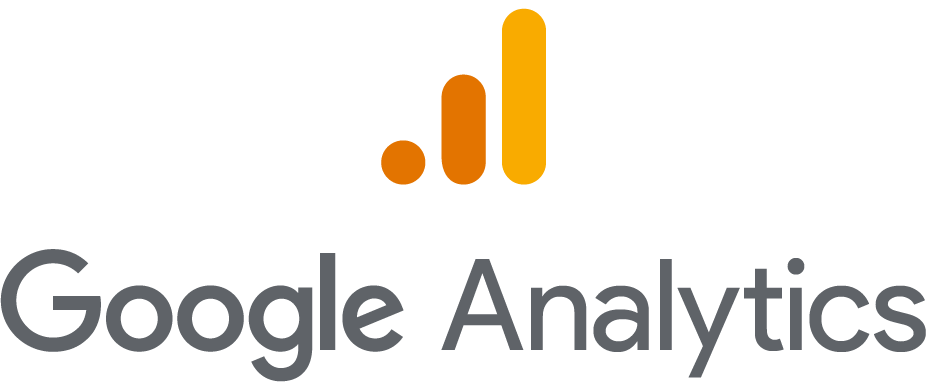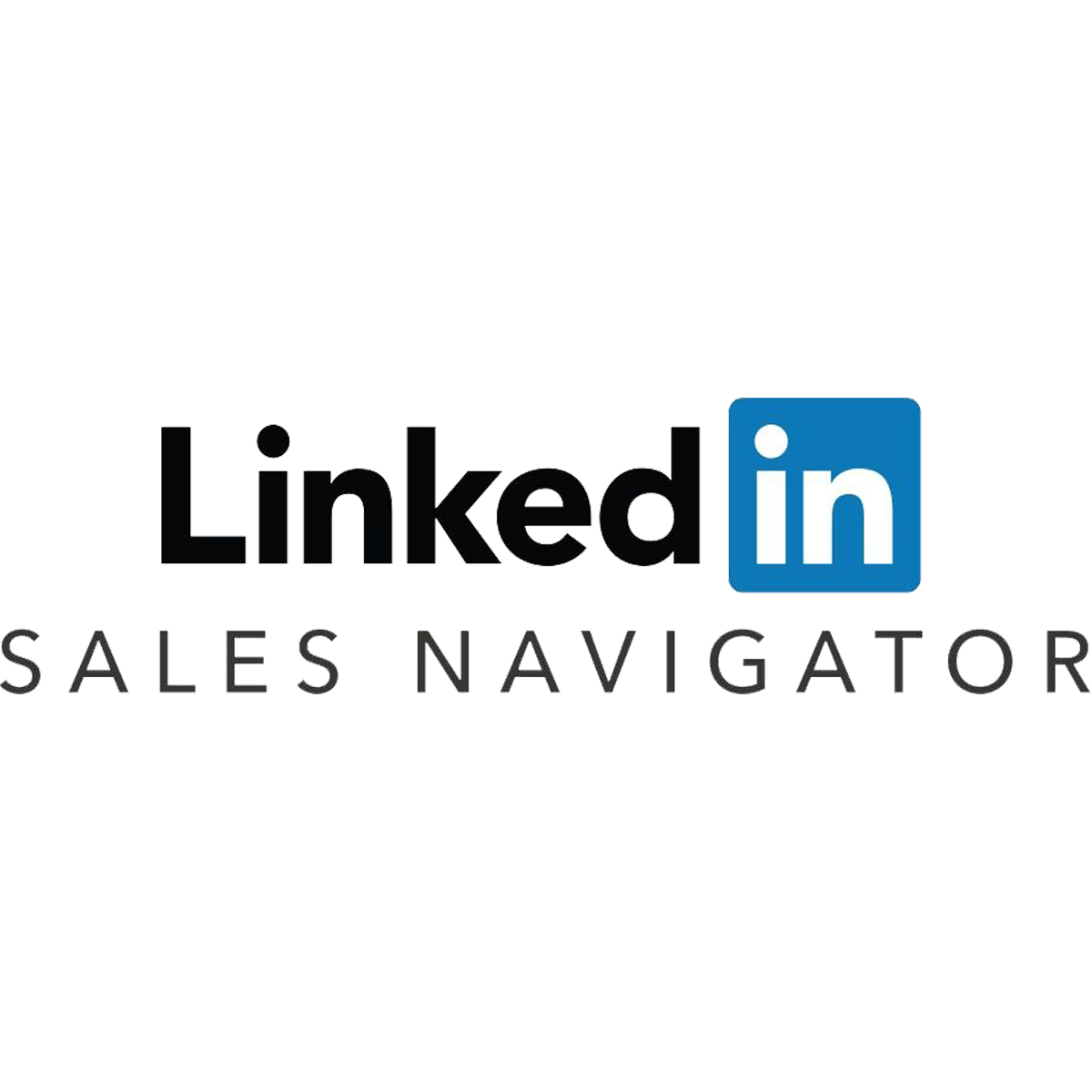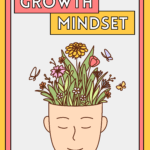Introduction
The way businesses sell and engage with customers has changed drastically in the last decade. Sales is no longer just about making cold calls and pitching a product—it’s about using data analytics in sales to make informed decisions. Companies that effectively use data analytics in sales have a significant advantage in understanding customer behavior, sales funnel efficiency, and team productivity, leading to higher revenue and improved performance.
But how exactly can data analytics in sales transform business results? This guide explores:
- Why data analytics in sales is critical to success
- How to track and analyze sales performance
- The best CRM and AI tools to manage sales
- How businesses can use data analytics to optimize pricing and forecast revenue
Let’s break it down in simple, actionable steps to help you start using data analytics in sales today.
Why Data Analytics in Sales is Essential for Success
Sales success is no longer based on gut feelings or personal intuition. The best sales teams use data analytics in sales to:
- Identify and prioritize high-quality leads
- Personalize outreach based on customer behavior
- Track individual and team performance metrics
- Optimize pricing strategies to maximize profitability
- Forecast future sales trends with greater accuracy
Businesses that integrate data analytics in sales into their processes see, on average, a 5-10% increase in revenue compared to those that don’t.
So, how do you implement this sales strategies? Here’s what you need to know.
1. Lead Scoring & Prioritization Using Data Analytics in Sales
Not every lead is equal—some are actively looking to buy, while others are just exploring. Lead scoring is a method that uses data analytics in sales to prioritize efforts based on:
- Website engagement (pages visited, time spent on site)
- Email interactions (open rates, response rates)
- Social media engagement (comments, shares, messages)
- Demographic information (job title, industry, company size)
Best CRM Tools in Sales and Lead Scoring:
- HubSpot CRM – Provides lead scoring based on customer activity and engagement.
- Salesforce Sales Cloud – Offers AI-powered lead scoring to identify high-potential leads.
- Zoho CRM – Uses AI-powered Zia scoring to rank leads based on behavior.
Example:
A SaaS company notices that leads who sign up for a free trial and attend a demo are three times more likely to convert. By prioritizing these leads using analytics the sales team increases conversion rates by 25%.
2. Understanding Customer Behavior with Data Analytics in Sales
Sales teams can improve customer engagement and conversion rates by analyzing behavioral patterns such as:
- Pages visited on the website
- Email interactions (clicks, replies, ignored emails)
- Purchase history and product preferences
- Customer support interactions
Best Tools for Tracking Customer Behavior:
- Google Analytics – Tracks website interactions, time spent, and visitor behavior.
- LinkedIn Sales Navigator – Helps sales teams analyze professional engagement.
- Gong.io – Uses AI to analyze sales calls and customer conversations.
Example:
A B2B company finds that prospects who read case studies are 40% more likely to engage with sales outreach. By retargeting these prospects using data analytics in sales, response rates increase by 30%.
3. Tracking Sales Performance
Analyzing team performance with data analytics in sales helps businesses identify:
- Conversion rates at each stage of the sales funnel
- Average time taken to close deals
- Best-performing sales reps and their strategies
- Common reasons for lost deals
Best Tools for Sales Performance Tracking:
- Pipedrive – Visualizes the sales pipeline and tracks deal progress.
- Close CRM – Provides in-depth sales performance metrics.
- Gong.io – Uses AI to analyze sales conversations for improvement.
4. Revenue Forecasting with Data Analytics in Sales
Sales teams can predict revenue trends by analyzing historical data, current sales pipeline, and market demand trends using data analytics in sales.
Best AI Tools for Forecasting Sales:
- Microsoft Power BI – Provides real-time data visualization and predictive analytics.
- Tableau – AI-driven sales forecasting and performance reports.
- Zoho Analytics – Helps businesses create predictive revenue models.
Conclusion: Let’s Make Smarter Decisions
Sales success isn’t about working harder—it’s about working smarter with data analytics in sales. By leveraging analytics, sales teams can:
- Identify and prioritize high-value leads
- Personalize outreach for better engagement
- Track performance and continuously improve sales strategies
- Forecast revenue and optimize pricing for profitability
Companies that integrate data analytics in sales into their sales process close more deals and increase revenue efficiently.
What’s one sales metric your team tracks consistently? Let me know in the comments.
8 responses to “How Data Analytics in Sales can fuel growth?”
-
very informative articles or reviews at this time.
-
I’m often to blogging and i really appreciate your content. The article has actually peaks my interest. I’m going to bookmark your web site and maintain checking for brand spanking new information.
-
There is definately a lot to find out about this subject. I like all the points you made
-
Great information shared.. really enjoyed reading this post thank you author for sharing this post .. appreciated
-
I like the efforts you have put in this, regards for all the great content.
-
This is my first time pay a quick visit at here and i am really happy to read everthing at one place
-
I do not even understand how I ended up here, but I assumed this publish used to be great
-
There is definately a lot to find out about this subject. I like all the points you made














Leave a Reply